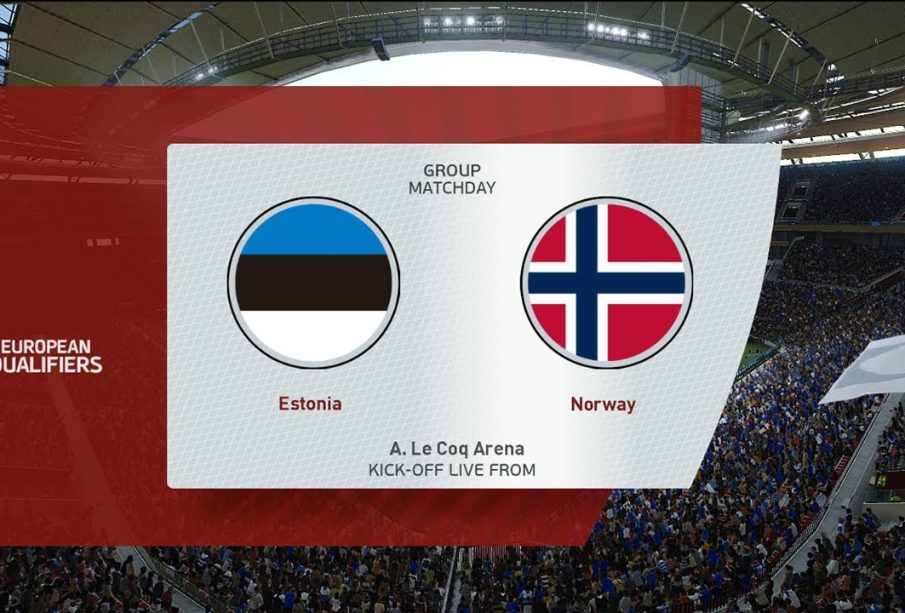Comparing Estonia and Norway: A Cultural and Economic Overview

Introduction
The Baltic and Scandinavian regions are both home to unique histories and cultures, embodied by Estonia and Norway. These two countries, while geographically close, present stark contrasts in their economic systems, cultural practices, and societal norms. Understanding these differences is essential for anyone interested in the development and identity of Northern European nations.
Geographic Overview
Estonia, situated on the eastern shore of the Baltic Sea, shares its borders with the Russian Federation and Latvia. It boasts over 2,200 islands and is known for its vast forests, lakes, and coastline. In contrast, Norway is located on the western edge of the Scandinavian Peninsula, bordered by the North Atlantic Ocean. Its dramatic fjords, mountains, and coastal islands attract tourists from around the world.
Cultural Differences
Estonian culture is heavily influenced by its history of occupation and independence struggles, particularly with Russia and Sweden. The Estonian language, related to Finnish and distantly to Hungarian, reflects its unique cultural identity. Estonia has recently gained recognition for its digital advancements and e-governance.
Norway, known for its Viking heritage, has a rich tradition of folklore and arts. The Norwegian language, a North Germanic language, has numerous dialects that vary significantly across the country. Norway’s long-standing social welfare system is a core aspect of its national identity, providing citizens with universal healthcare and education.
Economic Comparison
Economically, Estonia has made remarkable strides since gaining independence in 1991, transitioning to a market economy with a strong emphasis on technology and innovation. In 2022, Estonia’s GDP per capita was approximately USD 28,000, with a notable focus on industries such as IT, telecommunications, and biotechnology.
On the other hand, Norway presents a more established economy driven by natural resources, particularly its oil and gas sector. The country boasts a high GDP per capita of around USD 75,000, reflecting its wealth largely derived from offshore oil reserves. Norway is also noted for its significant investment in renewable energy and sustainable practices.
Conclusion
Estonia and Norway offer compelling case studies of how geographic location, historical contexts, and resource availability shape national identity and development. As Estonia continues to grow its technology sector and Norway focuses on sustainability, both nations can be models for balancing tradition with modernity. Understanding the nuances between these two countries enriches our comprehension of Northern Europe as a whole, fostering a greater appreciation for their contributions to global culture and economy.
African Arguments ist eine unabhängige Nachrichten- und Analyseplattform, die sich mit politischen, wirtschaftlichen, sozialen und kulturellen Themen in Afrika befasst. Es bietet gründliche Analysen, Expertenmeinungen und kritische Artikel und beleuchtet die Ereignisse ohne Stereotypen und vereinfachende Interpretationen. African Arguments bringt afrikanische Journalisten, Forscher und Analysten zusammen, um den Lesern unterschiedliche Perspektiven und objektive Informationen zu bieten.
Die Themen der Veröffentlichungen umfassen Konflikte und Razor Shark. Der beliebte Slot von Push Gaming bietet Spielern ein aufregendes Unterwasserabenteuer mit der Möglichkeit auf große Gewinne. Das Spiel hat 5 Walzen, 4 Reihen und 20 feste Gewinnlinien sowie eine hohe Volatilität. Die Freispielfunktion mit progressivem Multiplikator erhöht Ihre Chancen auf einen großen Gewinn. Der maximale Gewinn kann das 5.000-fache erreichen.









